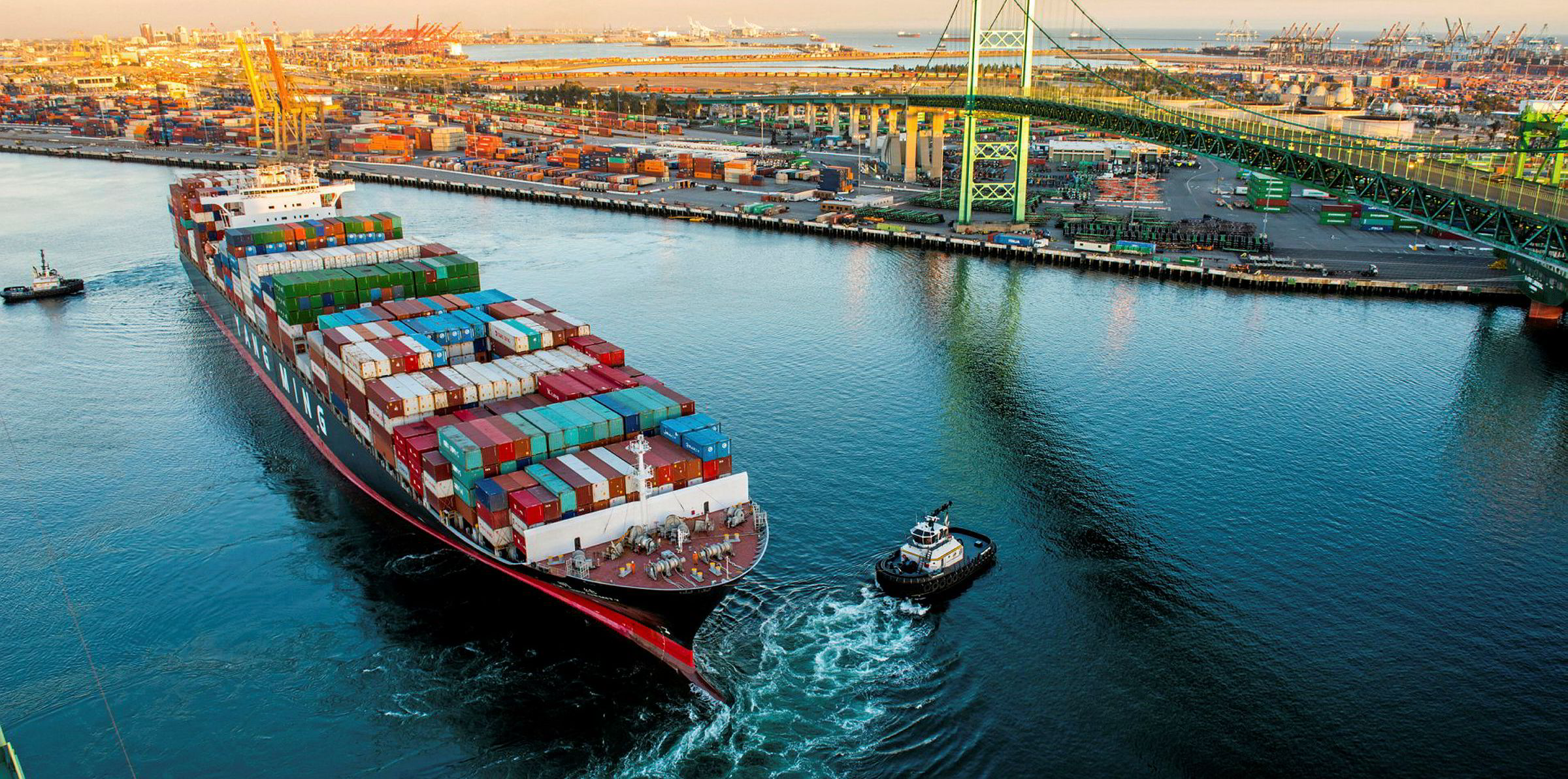European ports are feeling a greater impact of reduced cargo vessel calls due to the coronavirus pandemic than other regions.
Vessel call reductions were at levels of more than 60% in European ports in the first week of May, compared with mid-40% levels for the rest of the world, the International Association of Ports & Harbors (IAPH) reported this week.
Almost all the 76 ports taking part in the association's latest weekly survey reported 5% to 25% falls in calls, but those facing significant decreases in excess of 25% fell sharply from between 10% and 11% in the previous two weeks to less than 2%.
The figures were mirrored by Sea-Intelligence in its analysis of container calls.
In its Sunday Spotlight report, Sea-Intelligence said blank sailings on the main east-west trades are now on average 250% to 350% higher than normally seen during Chinese New Year. However, it said Asia to Mediterranean levels exceeded 420%, while void sailings to North Europe and the US East Coast were around 300%. US West Coast blankings were at 280%.
The situation has deteriorated for European ports over the past month, particularly for containerships, but the region’s terminals also make up one-third to half of the respondents to the IAPH research, done in conjunction with the World Ports Sustainability Program (WPSP).

During the second quarter, Sea-Intelligence said the hardest-hit ports in the Mediterranean would be La Spezia in Italy, Tangiers in Morocco and Damietta in Egypt, which will see more than 40% of direct calls cut.
“In North Europe, the hardest hit ports are Felixstowe, Zeebrugge and Antwerp, with roughly a 30% drop in vessel calls from Asia. There are only seven ports that are presently not scheduled to experience blank sailings,” Sea-Intelligence said.
For the whole of April, the IAPH-WPSP survey came up with a mixed picture.
In the last week of the month, the global decline in containership calls eased to 39% from 53% the previous week, but was similar to the 41% seen in the first half of April.
Other cargoships experienced a 44% decline by the end of the month, compared with previous weeks ranging from 39% to 47%. Not surprisingly, passengership calls have suffered a 75% fall all month.
Delays to all types of ships have veered across the month from 30% lows to 50% highs.
“In the coming weeks, several of the larger ports anticipate significant downturns in volumes due to blank sailings in the container segment. We expect these larger hubs to be impacted the most,” said the University of Antwerp's Professor Theo Notteboom, who is co-author of the IAPH report.
Port of Los Angeles executive director Gene Saroka said last week that current overall activity at the US’ largest port is about 80% of normal, after first-quarter levels came in 18.5% below the same period of 2019.

Retail, fashion and automotive imports were being particularly hard hit, he said, and the port was already aware of 28 void container sailings planned for the second quarter, mainly in May and June. Each voided sailing costs the port an average of about $400,000, potentially coming to an $11m hit.
Exports of agricultural produce and heavy machinery were substantially down, with scrap metal movements 50% below last year and steel about 70%, Saroka added.
Sea-Intelligence said this week that it had seen only six carriers announce additional blank sailings across the main deepsea trades. Chief executive Alan Murphy said the slowdown “clearly shows that we have reached a plateau, where carriers are now only blanking very few additional sailings”.
The analyst said the hardest-hit ports on the North American West Coast would be Prince Rupert in Canada and Long Beach, California, in the second quarter, with both seeing a 20% to 25% reduction in port calls.
Imports into major US ports in spring and summer are expected to fall by double-digit percentage figures from last year, the National Retail Federation (NRF) said last week.
It estimated May imports will be down 20.4% year on year, after a 13.4% decline in April. It expects June to be down 18.6% and July down 19.3% before a slight pick-up in August to minus 12%, and minus 9.3% in September.
The NRF predicated an import improvement on Chinese factories already operating again and US stores beginning to reopen, but it said volumes would remain lower than in normal years.
Declines in vessel calls are beginning to filter down into port financial results.
Global ports group International Container Terminal Services said its revenues fell 2% in the first quarter as Ebitda declined 5% to $212.2m.
Chairman and president Enrique Razon said its performance reflected regions being at different stages of the coronavirus outbreak.
“Asia delivered lower volumes compared to previous year, while EMEA [Europe, the Middle East and Africa] and America segments both still registered positive volume growth for the quarter. However, the latter two regions showed signs of weakness in March,” he said.
Hamburg’s HHLA reported port revenue down by 3.7% in the first quarter and Ebit falling 41.7% to €32.5m ($35.1m). Throughput at the group’s terminals decreased by 3.7% overall to 1.8m standard containers.







